Plant pathogens cause disease and damage to plants. Whether you’re a garden enthusiast or professional grower, understanding the basics of fighting plant pathogens and diseases using pesticides is essential. Without a doubt, many growers have turned to natural options, like baking soda, to maintain the health of their plants. And that’s where a natural fungicide for plants comes into play!
Pesticides have earned a bad reputation over the years, so some people avoid them. Evidently, people associate pesticides with synthetic chemicals that harm the environment, and sometimes people.
However, natural products can help with pest control and disease control for your plants. You can achieve healthy plants and organic growing compliance with naturally derived fungicides.
The truth is, pesticides are not inherently bad. Moreover, they are a necessary part of integrated pest management. They can be safe when applied correctly. It is also important to note that not all pesticides are made from synthetic chemicals.
Organic and natural products are available on the market that help with disease control. Surely you want to protect your plants. In this article, we’ll focus on everything you need to know about natural fungicide for plants.
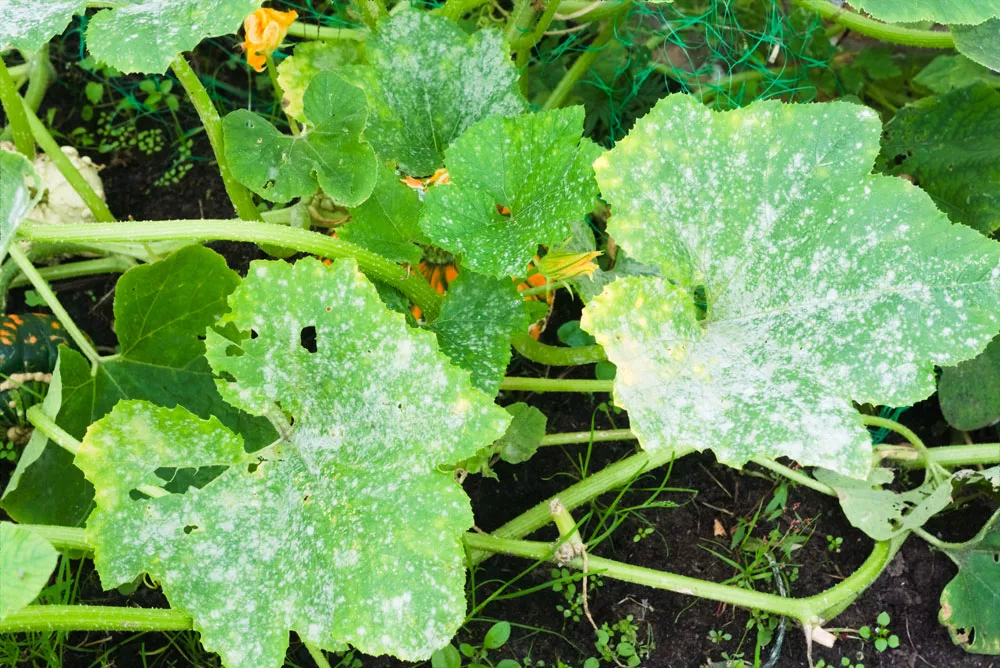
What Are Fungicides?
A fungicide is a type of pesticide. There are three main categories of pesticides based on what they target: fungicides, herbicides, and insecticides.
Plant fungicides attack a fungus or multiple different fungi that cause infections in your plants. Fungicides are important for disease control. Fungi are the leading cause of crop loss around the world.
Herbicides, on the other hand, are used to control unwanted vegetation like weeds. Insecticides combat damage from insects. Curious about pesticides to control unwanted insects? Check out our article on organic pest control for a healthy crop.
What Are Common Plant Diseases Caused by Fungi?
Below is a list of the most common fungal diseases that cause damage to plants. It’s always a good idea to get test samples (by a certified lab) if you’re not sure of the diagnosis.
- Powdery Mildew: leaves have a white, powdery growth
- Black Spot: leaves develop dark spots on top surrounded by yellow
- Rust: rust colored growth develops on the underside of leaves
- Botrytis Blight: grey, fuzzy mold grows on decaying flower petals and buds
Fungal diseases often exhibit symptoms visible on the leaves of the plant. You might also see clear signs of fungal growth. Fungal activity and plant diseases are typically higher in wet conditions with poor air circulation.
What Natural Fugicide Should I Use?
So you decided you need to buy a safe fungicide spray, but where do you start? There are so many options on the market. Some come RTU (ready-to-use) and others come as fungicide control concentrate.
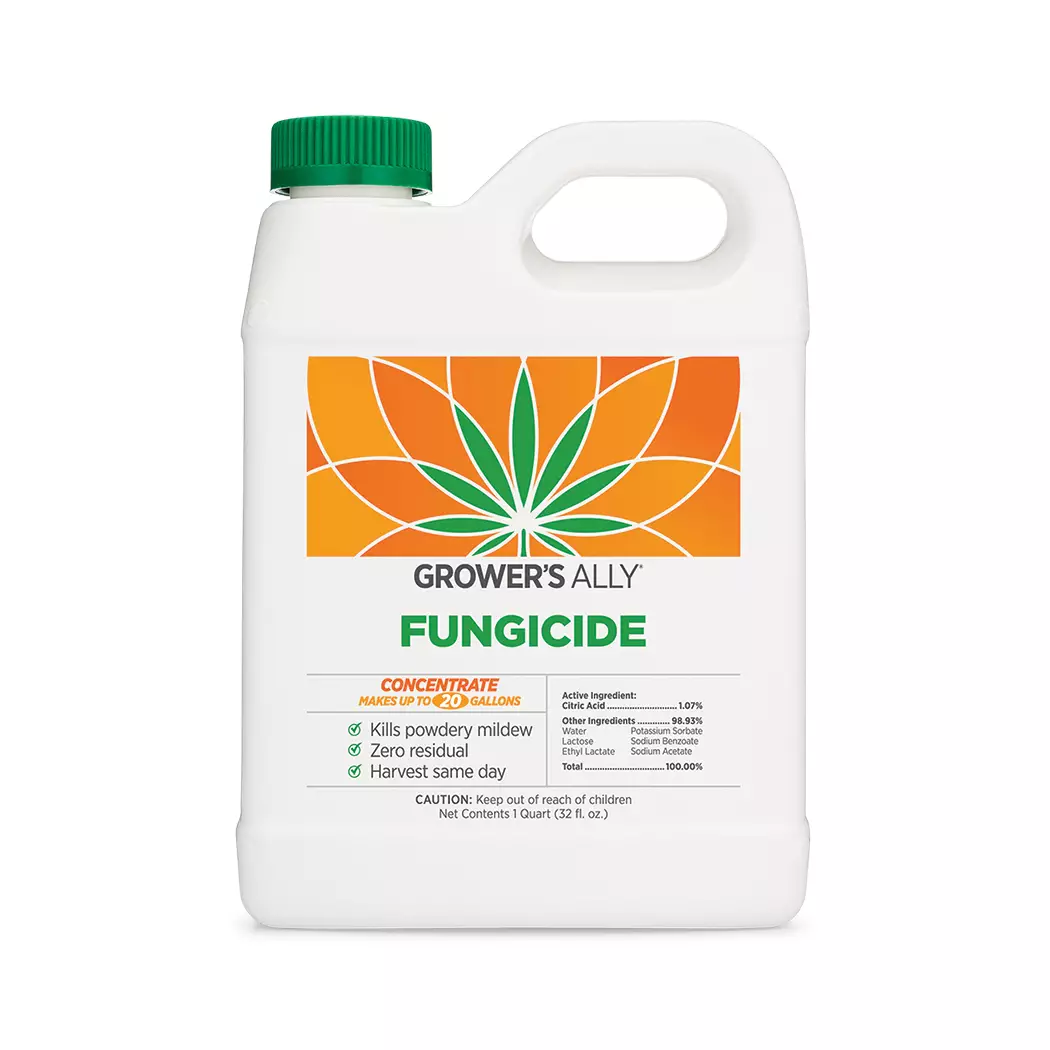
Grower’s Ally Fungicide
Grower’s Ally Fungicide is both a bactericide and fungicide. It is OMRI listed. It works great for indoor cultivation, outdoor cultivation, greenhouse, and hydroponics. Both large-scale growers and at home gardeners recommend Grower’s Ally Fungicide.
Grower’s Ally Fungicide is a great option! Not only does it combat fungi, but it is also a bactericide. In addition, Grower’s Ally products have no synthetic pesticides, no heavy metals, and no residual solvents in them.
This certified organic plant fungicide has a non-systemic mobility, so it remains on the surface of your plants. It forms a protective barrier. This fungicide controls fungal growth by dehydrating the fungi and preventing new spores from growing.
Not only does it test clean and is safe for bees, but it also has no known phytotoxicity. That means there have been no reports of any plants that have had adverse effects from this fungicide.
Furthermore, Grower’s Ally Fungicide is formulated with food-grade citric acid. It can be safely applied at any stage of plant growth, and without any PPE because it is non-toxic. It can be used in various growing environments, including indoor, outdoor, greenhouse, and hydroponic.
How do I Appy Grower’s Ally Fungicide?
This fungicide comes in a RTU spray bottle or as a fungicide concentrate. Spray plants every 5-10 days, depending on the case.
First, determine whether there are already symptoms of disease or it is being used as a preventive measure. Next, for proper foliar application, spray all over stems and leaves. Be sure to include the undersides.
If you purchase a concentrate bottle, you need to dilute with a ratio of 45 mL per gallon of water. Let’s keep your plants healthy with Grower’s Ally Fungicide!
What Are Fungicides Made From?
Synthetic Fungicide
There have been many different active ingredients in commercial fungicides over the years. One of the most common today, triazoles, were first developed in the 1970s.
Although they are organic from a chemical compound point of view (they contain carbon), they are derived from chemical synthesis. They are not occurring naturally in the environment. Synthetic fungicides have ingredients that are created in the lab.
Natural Fungicide
Aside from Grower’s Ally Fungicide listed above, there are a variety of other fungicides that come from natural sources. Some, like baking soda, you may even have right in your home!
Fungicides formulated using natural products are usually considered to be more environmentally friendly. They provide effective protection for your plants with minimal impact on the environment. Common active ingredients in naturally derived fungicides include:
- Sulfur
- Copper
- Horticultural Oil
- Neem Oil
- Baking Soda
Types of Natural Fungicides for Plants
Many of these natural compounds have been used as garden fungicides for hundreds or even thousands of years. In fact, before commercial fungicides were available, many growers would make their own fungicides.
Sulfur
Sulfur is probably the oldest fungicide. It prevents fungal spores from growing. If applied early enough (before the disease progresses), sulfur can help control many types of fungal infections.
However, there are certain plants, like raspberries, that should not be treated with sulfur. Additionally, applying sulfur in hot climates can cause damage to plants.
Copper
Copper is often used in the form of copper sulfate as a fungicide. Liquid copper fungicide can be useful if applied before your plants are infected by fungi.
Rather than inhibiting growth, it kills both fungi and bacteria. But again, copper can be phytotoxic, so the formulation is important to mitigate any negative impact. Always use the proper dilution recommended on the label.
Horticultural and Neem Oils
These oils are mostly used as a form of pest control and to control insect damage to your garden. Additionally, these oils also protect against some viral plant diseases. Some species of trees are known to be sensitive to oils. It is important to note that high temperatures and humidity increase the phytotoxicity of horticultural oils.
Bicarbonates (Baking Soda)
Bicarbonates, like baking soda, have also been used as a natural option for fungicides for a long time. Ammonium bicarbonate and potassium bicarbonate are recommended over baking soda. This is because they are effective without the additional use of oils.
They also offer added nutrients to plants (nitrogen and potassium). The sodium in baking soda (sodium bicarbonate) can accumulate and become toxic to your plant tissue.
If you want to use baking soda as a fungicide, you simply dilute it in a water mixture. This mixture can then be applied to plants. It is effective against black spot and powdery mildew.
Integrated Pest Management (IPM)
If you’re a grower, you know that disease and pest management is an important part of the process. Plant diseases are common and can have a real effect on your productivity and profitability.
Integrated pest management is a type of pest control that involves managing pests by gaining knowledge about the whole pest. IPM practices work by using four methods – action thresholds, monitoring and identifying pests, prevention, and control.
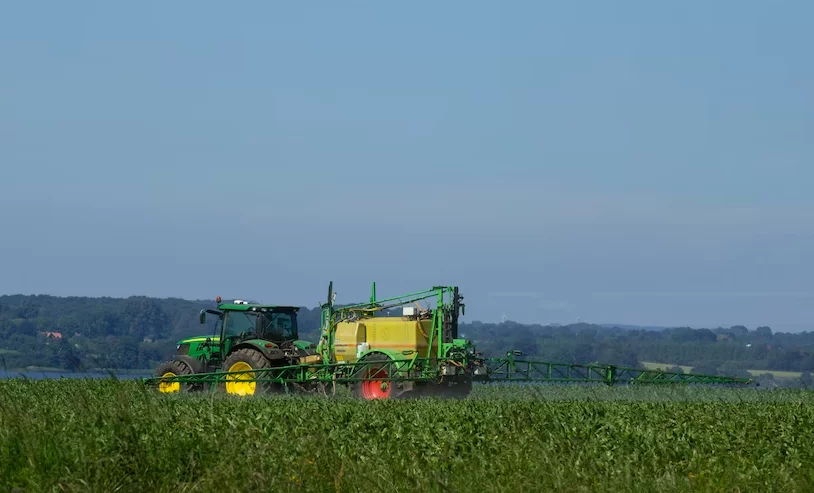
Action thresholds refer to a level of pest on the farm or garden that indicates growers to take action. Pests are then monitored and identified to determine risk.
If pests persist in the environment, growers take different pest control options to maintain the health of the crop. Natural pesticides and fungicide treatment with the greatest benefit and least risk are used first. The main idea of IPM is crop protection by looking at the farm or garden as a whole.
How Do Fungicides for Plants Work?
Application and Frequency
Fungicides are typically applied to plants as a liquid spray as a form of disease control. Whereas less common forms of plant fungicides are granules, dust, and gas. If you’re growing in a greenhouse, you might also consider applying fungicides as a mist or fog.
Most plant fungicides need to be applied regularly. This will help protect any new growth in your crop, and combat product loss to the environment from irrigation or rain. Depending on the product and disease, you may need to continue applying the fungicide every 7, 10, or 14 days throughout the growing season.
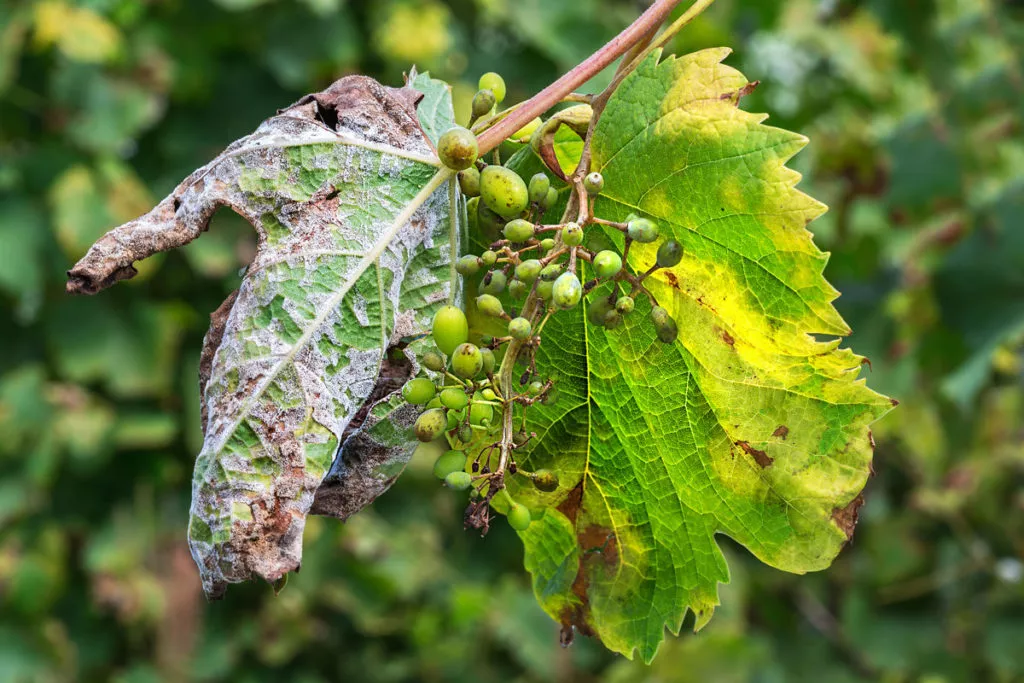
Contacts vs. Systemics
Fungicides are generally categorized as either contacts or systemics. Contact fungicides, also known as protectants, do not move past the surface of the plant where they are applied.
These types of plant fungicides remain on the outside of the plant. They remains on the leaves and stems until they are washed away or broken down chemically. Sometimes they are broken down by UV rays from the sun.
Systemic fungicides are sometimes called penetrants. Plant tissue absorbs the fungicide and the fungicide travels through the plant (short distances).
Either way, most fungicides don’t move well through the plant, or they remain completely on its exterior. Consequently, the application area is important. You want to try to cover all parts of the plant that might be prone to the pathogen or disease. This also includes the back side of leaves.
Range of Activity
To determine which fungicide to use, you need to know a few things. First, it is important to know the mode of action. Secondly, it’s important to know whether the fungicide has single-site or multi-site activity.
Single-site activity in a fungicide means that it targets a pathogen in a specific way. The product might disrupt a necessary metabolic pathway. This inhibits the growth of a fungus. Furthermore, it can be formulated precisely to attack and kill it by destroying the cell membrane. These fungicides are specific and less likely to be toxic to the plant.
Multi-site activity casts a wider net, so it can affect many different fungi. These fungicides tend to be contact products, remaining on the surface of the plant.
Additionally, another way to describe this is narrow-spectrum vs. broad-spectrum fungicides. A narrow-spectrum product is only effective at controlling a few pathogens. Conversely, a broad-spectrum prevents many types of fungi.
Conclusion
Undoubtedly, fungicides are a critical part of a robust pest control plan for your garden or growing operation. They’re used primarily as disease control and preventive measures to protect plants.
Surely there are viable synthetic fungicides on the market. But naturally derived fungicides for plants offer lesser environmental impact.
Consequently they are also more compatible with organic farming practices. If you’re struggling with fungal diseases make sure to properly diagnose the cause. Then consider a naturally derived fungicide, like Grower’s Ally.
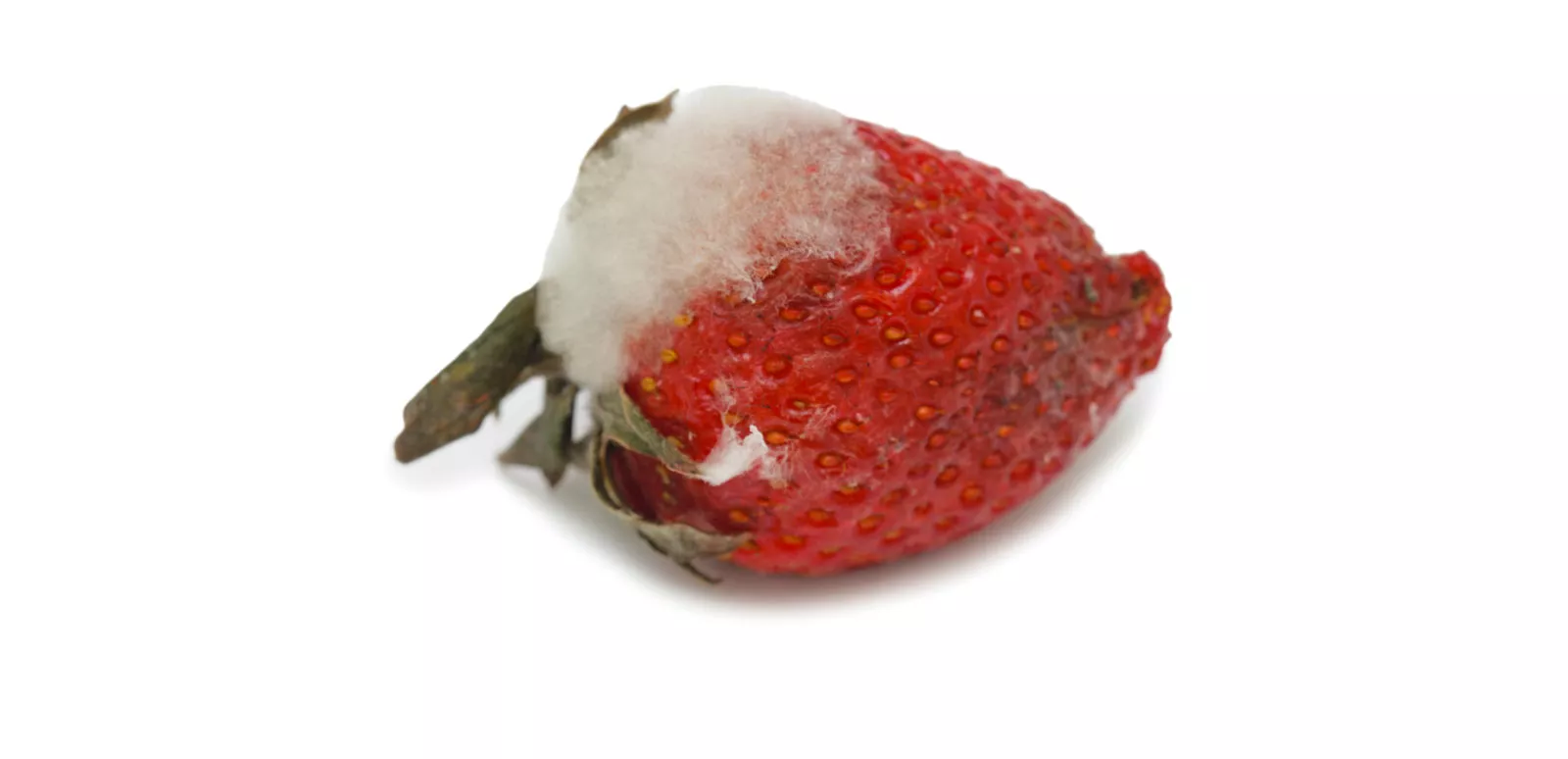
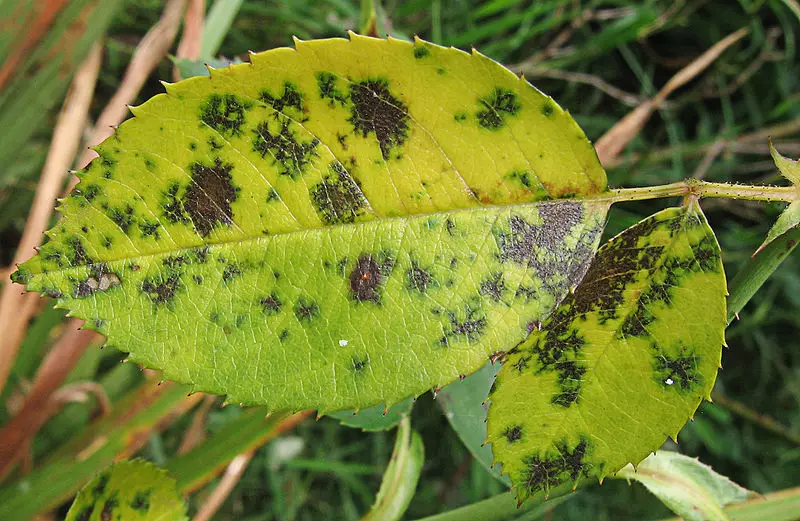
Thank you ever so much for the information about garden diseases.
I am a beginner, garden is my hobby but all along I did not get time to go deep with gardening information. I am not working anymore so my hobby has all the time. After I have been disappointed by tomato seedlings twice I started to have a suspicion about the composted soil I used for seeds. I am so glad I have found you.
Thank you for giving me this chance
Hello I am a beginner flower farmer in my 3rd grow season. This article is incredibly informative, thank you. Many of my flower crops suffered black spot and perhaps other fungi problems this year with the neverending rain. Before I plant my annuals this spring I am wondering if it is necessary to apply fungicide to the soil? Some of my winter flowers have been affected with fungus, and so I believe it may have affected my soil. Any suggestions of whether to treat soil before planting out this spring would be greatfully received. Thanks, Jenn Tobin
Hi Jenn,
Thank you for your comment. I’m sorry you’re having some disease issues in the garden. I know how frustrating that can be. I was curious if the Grower’s Ally Fungicide could be used as a soil treatment (it’s not mentioned in their treatment protocols) so I reached out to our contacts at Grower’s Ally to ask. They responded with some really useful tips for you. I’ve included their response below. I also added links to the products mentioned. They’ll take you directly to the product pages.
————————
“I think the better use for the GA (Grower’s Ally Fungicide) is to spray her plants preventively especially since we don’t know how big of an area she is planting. The first thing to do is to get a soil test from her county extension office or a private source. This will involve taking soil samples from different areas of her garden for testing. A soil test will also tell her if she is having other problems such as pH or nutrition issues. The extension folks can also let her know if others in her area are experiencing the same problems. She can also have sick plants tested to find out the pathogen. A few signs of soil fungus are mushrooms which should be pulled immediately or if she sees white fuzzy film on the soil surface. She can spray the Grower’s Ally Fungicide directly on the fungus if she sees any.
The biggest cause of soil diseases is too much moisture, which she is experiencing this season. Is her garden in a low area? A few fixes for this are to add organic matter to the soil to help drainage. She can also plant in raised beds, either by raising the soil level to form beds or constructing beds out of wood, stone etc. This will help a lot.
If she is not growing organic, chemical pesticides can linger in the soil for years after they are applied causing increased mortality and growth (from Center for Biological Diversity). Too much chemical fertilizer can cause problems as well.
Here are some tips:
– Get rid of sick plants. Do not throw them in the compost pile.
– Clean up garden debris before planting. Fungus can feed on garden debris.
– Rotate her plantings. Don’t plant the same plants in the same area every year especially if she had problems with them before.
– Plant disease resistant varieties whenever possible. Since she is growing flowers, she can pick some really tough ones.
There are a number of natural home remedies which may or may not work, but the 3-in-1 (Grower’s Ally Crop Defender 3) is a super product and will help protect her plants from fungus and pests.”
————————
I hope this helps! And if you have any follow up questions, please don’t hesitate to ask!
Best of luck!
Alisha – Global Garden
Thanks for your help